Finger ON THE pulse
If you’ve ever been confused by CO2 or perplexed by pulsed-dye, fear not. Kathryn Conway sheds some light on IPL and the myriad types of laser, and which is right for your business
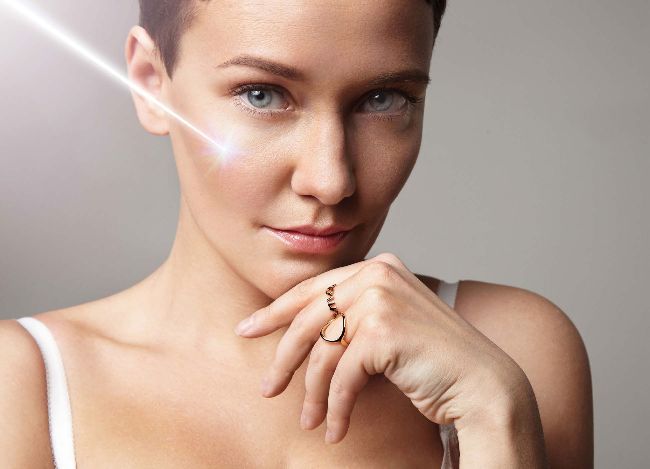
Laser & IPL
Ever since the development of the first ruby, Nd:YAG and CO2 lasers in the 1960s, the therapeutic applications of laser and IPL technology have expanded exponentially. In a rapidly developing market where indications for laser and IPL are continually being tweaked as new techniques and mixed modalities are brought to the fore, the subject can feel wholly confusing for anyone who simply wants to buy the best device for their business.
But, says Jon Exley, managing director of Lynton Lasers, an informed purchasing decision is impossible without “a sound knowledge of anatomy, basic understanding of laser physics, and clarity on the needs and demands of your client base”. So, let’s pause for a moment and consider the fundamentals of laser and IPL.
Core knowledge
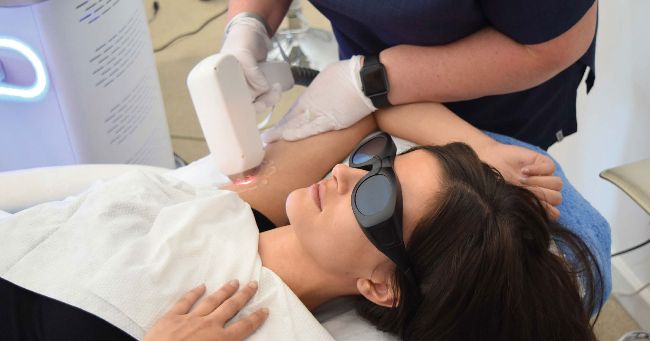
Laser & IPL
Laser light is monochromatic, meaning that the light a laser emits is composed of a single wavelength. The wavelength generated is determined by the medium through which the light passes – either gas (as seen in CO2 lasers), a crystal (as with the solid state laser such as alexandrite, erbium, KTP, Nd:YAG and ruby), dye (as seen in pulsed-dye lasers) or a semiconductor (as with diode).
It is the chromophores – the target molecules in the skin, namely melanin, haemoglobin and water – that determine the absorption of the wavelength, with each chromophore absorbing different wavelengths according to its “absorption coefficient”. Put simply, by using a laser’s wavelength, energy and pulse duration, a chromophore may be selectively targeted to achieve various treatment outcomes. So, if you want to achieve hair removal, for example, you select lasers with wavelengths that target melanin; if you want to heat and destroy blood vessels, you opt for lasers with wavelengths that target haemoglobin.
When it comes to IPL (intense pulsed light) systems, these high-intensity flash lamps are polychromatic, discharging a broad range of wavelengths simultaneously. This broad-spectrum pulsed light is passed through cut-on filters in the handpiece of a device to change the range of the wavelengths and enable the targeting of the relevant chromophore. Because of the
IPL
Intense pulsed light has found a real niche as a tool for photorejuvenation of late, with Jade Shelden, clinical trainer UK and Ireland for Venus Concept, noting that this is “because of its epidermal absorption. It is extremely effective at removing facial pigmentation lesions as well as vascular lesions.”
Campbell-Adams agrees, adding, “The reason we have nine different filters on our M22 systems is because we want to get to different depths with different filters. So, if we’re targeting something superficial, like a vascular lesion, we’ll use a lower number filter such as a 515 nanometre (nm). But, because we know that superficial lesion might be being fed by a deeper vessel, we’ll also want to start moving up to the 560nm, 590nm and 640nm filters to get deeper. This way, we achieve a better overall effect and long-term results, because if you only treat the superficial lesion and it is being fed by a deeper vessel it will repopulate and return.”
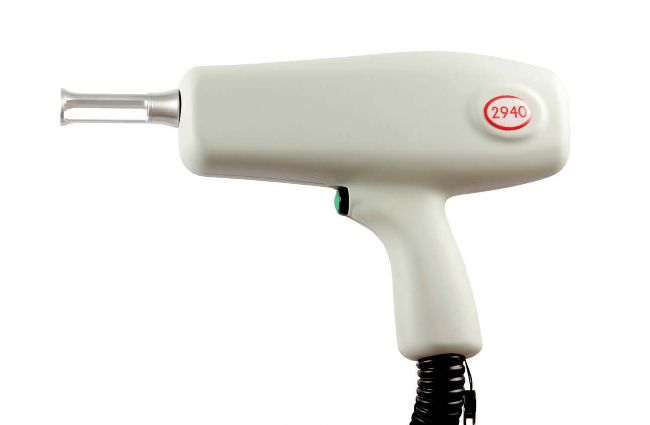
Debbie Thomas, who runs an eponymous skincare practice in London, uses the vascular filter on the Lumenis M22 device and says, “What has been proven over the past few years is that you get a much better reduction in vascular activity if there’s a double pulse. The first pulse that hits the vein almost provides a slight shock and creates a chemical reaction in the blood that has just been heated, then the second pulse cauterises it much more effectively… This really allows us to treat very small veins and any flushing of the face.”
The Lumina Platform system from Lynton is also effective in treating superficial red veins and pigment, as Exley explains, “The Lumina incorporates reflective coatings within the handpiece to generate extremely short pulses. It’s the combination of the short pulse, high energy and correct wavelength range that results in excellent treatment outcomes”. But, as Exley explains, the Lumina platform system also incorporates laser technology as there are limitations for IPL alone.
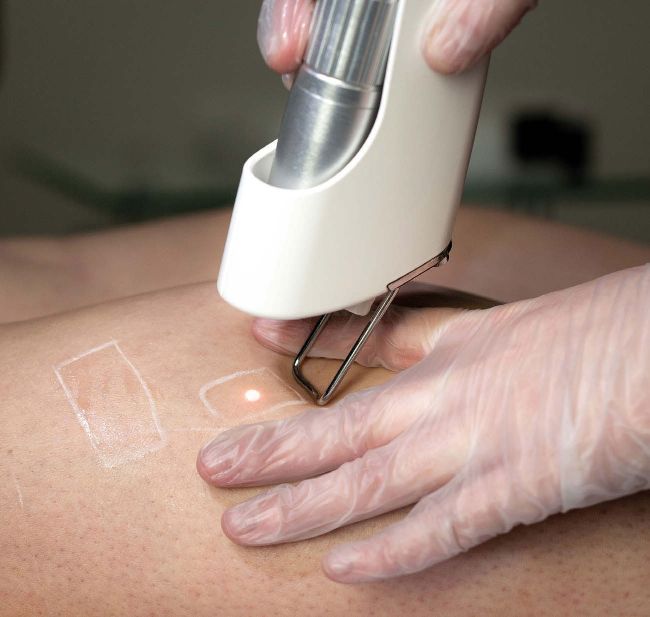
Advanced Esthetics Solutions
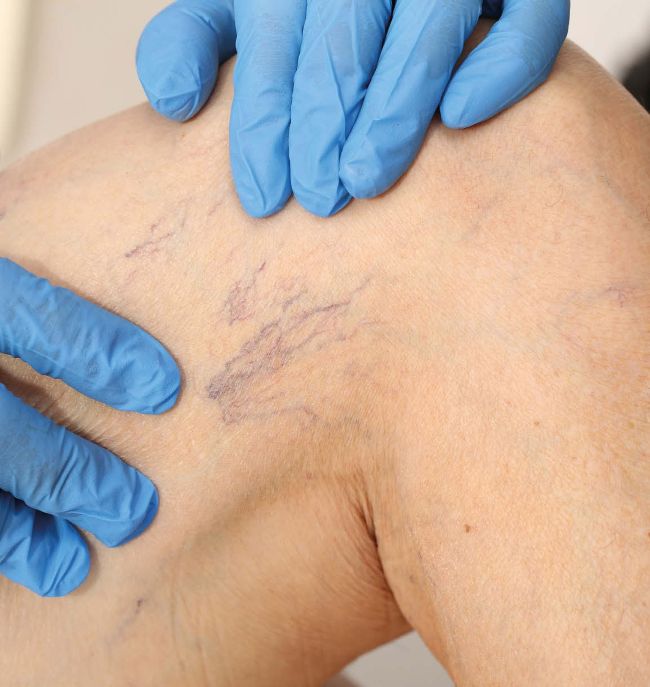
Laser & IPL
IPL’s application as a tool for hair removal has been superseded somewhat by solid-state and semi-conductor lasers thanks to their speed, comfort and ability to treat a broader range of skin types. Plus, “you can only do millisecond pulses with an IPL, not shorter, making it wholly unsuitable for tattoo removal, for instance,” notes Exley.
Vascular lasers
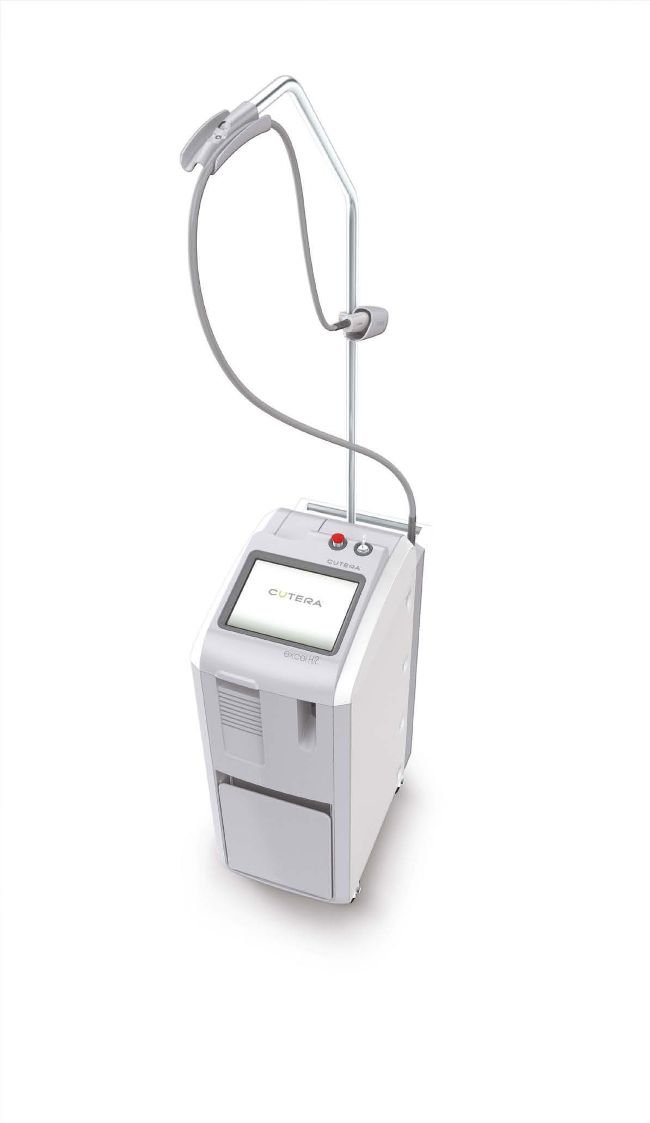
Cutera Excel HR
By taking aim at haemoglobin, lasers are also effective at heating and destroying blood vessels, with pulseddye lasers and KTP the key workhorses here. (As an interesting aside, if you’ve ever heard mention of frequency doubling and wondered what it was, here’s a quick lesson from Jon Exley: “With a KTP laser you’ve actually got a normal Nd:YAG at 1,064nm that is fired through another crystal called potassium titanyl phosphate (KTP) and this halves the wavelength to 532nm. In physics, we call it frequency doubling; you are doubling the frequency of the light, but when you double the frequency you halve the wavelength”).
KTP lasers can produce efficacious results in superficial telangiectasias and cherry angiomas, particularly in non-tanned Fitzpatrick skin types I-III, but, says Campbell-Adams, “the shorter wavelengths are more aggressive on the surface of the skin.”
Pulsed-dye, meanwhile, with its slightly longer wavelength (anywhere between 585nm and 595nm), was once considered the goldstandard for vascular lesions. However, its use was plagued by the development of unsightly purpura (bruising) following treatment, a complication that has largely been overcome with the use of longer pulses.
Today, pulsed-dye is used to treat and lighten the colour of port wine stains, spider naevi and some haemangiomas, and has been used to reduce the red flushing of rosacea, but post-inflammatory hyperpigmentation and hypopigmentation is a possible complication. “The cost of the dye kits, which can be expensive and have a shelf-life, should also be taken into consideration,” concludes Campbell-Adams.
Pigment-targeting lasers
Q-switched and picosecond lasers are typically the first that spring to mind when targeting pigment. A Q-switch essentially “allows for the production of six to 10 nanosecond pulses with extremely high peak power,” says Joanne Leahy, head of training at 3D-lipo. And because any solid-state laser can have a Q-switch inside, technicians have a broad range of wavelengths at their disposal. This makes them particularly effective at targeting individual brown spots (such as sun, age and café au lait spots) across a range of skin types.
The advent of picosecond lasers, meanwhile, which fire 1,000 times faster than the Q-switched nanosecond pulse, has seen a new dawn for tattoo removal. “The picosecond laser delivers energy so fast that it creates acoustic waves that shatter the ink particles into tiny pieces, which are then removed by the body’s lymphatic draining system,” says Shelden.
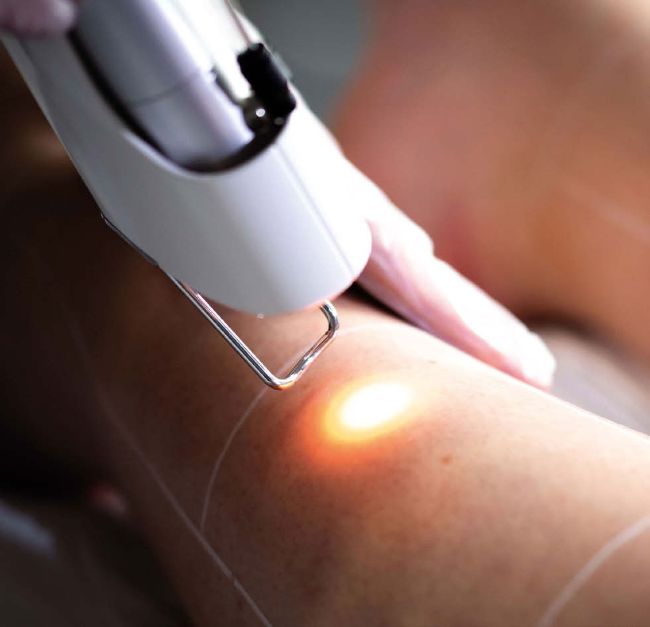
Advanced Esthetics Solutions
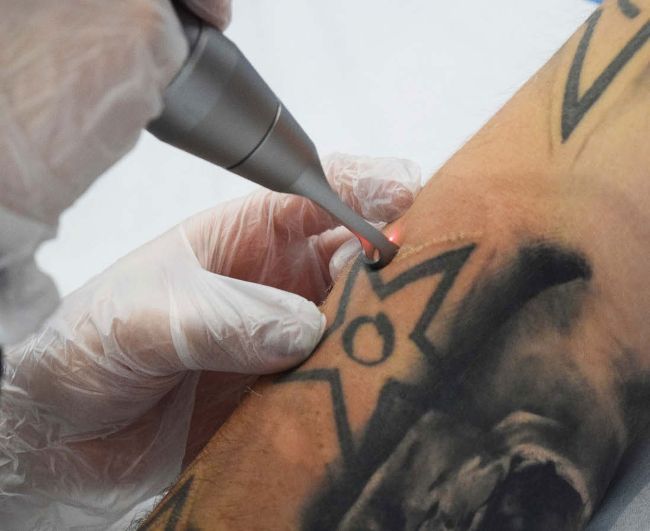
3D-lipo
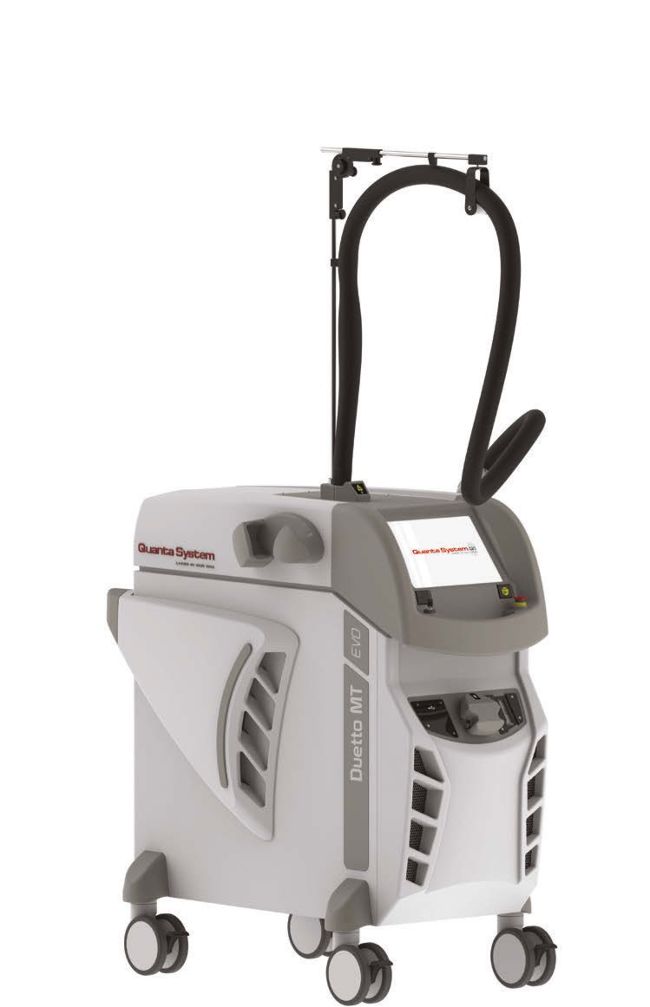
AES Duetto Evo
CONTRAINDICATIONS “Lasers absorb light into the skin, which then converts into heat, which has the potential to create burns, blisters, swelling, excessive erythema, and hyper and hypopigmentation,” warns Shelden. “Manufacturers’ protocols and guidelines must be followed to avoid risks and complications. Contraindications will vary but the most common are diseases stimulated by light such as epilepsy and lupus, photosensitive medications, autoimmune conditions, diseases stimulated by heat, and metal within the treatment area. Pregnancy, pacemakers and sun-tanned skin should also be taken into consideration.” Further guidance on photosensitising drugs and laser standards can be downloaded from the British Medical Lasers Association’s website bmla.co.uk
Interestingly, melasma is another possible indication for Q-switched lasers, with Thomas having found success treating the condition by using the M22’s Q-switched laser in combination with specific peels designed to suppress pigmentation production. “Melasma is triggered by VEGF, which is the vascular endothelial growth factors, and more of these growth factors are produced when the skin is inflamed. So, if you use a laser that is very hot and is very stimulating, you’re actually going to be triggering more VEGF, which in turn triggers the production of melanocytes,” she says. “A very low-dose Q-switch won’t put a lot of heat in the skin, so you can chip away at the pigment without creating a lot of bulk heating.”
Of course, we shouldn’t forget that melanin is also a pigment and it is the melanin pigment in the hair shaft that is the target in all lasers used for hair removal, one of the most requested laser treatments for beauty salons up and down the country. Ruby, Alexandrite, diode and Nd:YAG can all be used for hair removal; however, it is the mixing of Alexandrite and Nd:YAG that appears to be marching ahead when it comes to delivering an efficacious treatment on a broad range of skin types.
“Alexandrite 755nm is highly absorbed by the chromophore melanin, which makes it the gold standard for hair removal. However, Alexandrite is only safe to use on untanned skin types I-III, making it unsuitable for darker Fitzpatricks,” says Sarah McNulty, national educator at Advanced Esthetics Solutions (AES). “Nd:YAG 1,064nm is the most versatile laser wavelength due to the fact it can safely treat hair removal on all skin types (I-VI). It has the capability to reach deeper layers of tissue than other types of laser, and because Nd:YAG is attracted to haemoglobin it works on the papilla, the section of the bulb responsible for growth.”
AES has combined these two wavelengths in its Duetto MT Evo device, delivering both wavelengths simultaneously to target both chromophores at the same time. “This improves the treatment outcome and increases treatment safety and flexibility in each skin and hair type,” adds McNulty
Meanwhile, Cutera’s Excel HR combines the two gold-standard wavelengths for laser hair removal - 755nm Alexandrite and 1064 nm Nd:YAG for quick, safe, effective treatments on all skin types.
Driving further growth in lasers for hair removal has been the advent of so called “pain free” treatments. Initially launched with diode lasers, this technology has been enhanced in lasers such as Deka Motus AY from Lynton, which delivers Alexandrite and Nd:YAG without pain.
Laser skin resurfacing
C02 and erbium lasers, which target water to generate heat, can be both ablative (only recommended for use by prescribers) and non-ablative (wavelengths below 2,000nm), and both can be fractionated. “Fractional just means splitting the beam into tiny pinpoints,” says Exley, and because only fractions of tissue are ablated with areas in between left untouched, downtime is greatly reduced.
“Fractional non-ablative erbium glass lasers such as the ResurFX at 1,565nm are a great tool for rejuvenation without the downtime of an ablative laser as they coagulate tiny columns of tissue, speeding up the turnover of the epidermis. This is also effective for scars, stretchmarks and epidermal pigmentation,” notes Campbell-Adams.

Lynton
Speaking in relation to 3D-lipo’s fractional CO2 laser, found on the 3D Vjuve machine, Leahy says, “this technology works by making small holes of ablation, creating thin, spaced columns of thermal damage that penetrate deep into the dermal tissue.” She adds, “The columns stimulate the production of healthy skin, helping to speed up the healing process and deliver improvements in the appearance of the skin.”
Fractional lasers are obviously great for collagen remodelling, skin tightening and encouraging cellular turnover of the epidermis, but uses of C02 and erbium go far beyond what can be covered here, which is why training is key.
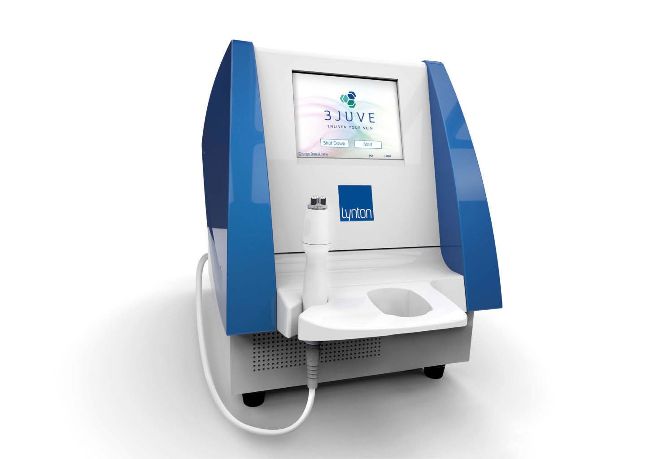
on 3Juve
A Level 4 Core of Knowledge laser course is a good place to start to get up to speed on the relevant standards and regulations and the safe use of lasers and IPL, and you should take all the training and support offered to you by the manufacturers of the devices you purchase.
However, be sure to look beyond the marketing material to ensure the specifications of a device are going to meet the needs of your business and clients. Finally, reminds Debbie Thomas, “No amount of training is going to give you that hands-on, day-to-day experience working on people’s skin. You need to draw on a well of knowledge to ensure you are making the best treatment decisions for the client.” PB